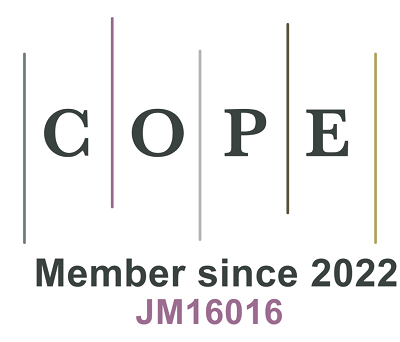fig1
Figure 1. OCM Cofactor Mediated Hcy Regulation[2]: This figure delineates Hcy metabolic regulation, comprising two core cycles (folate cycle and methionine cycle), two exit pathways (transsulfuration and polyamine pathways), with OCM cofactors and sex hormones demonstrating tissue-specific regulatory effects on Hcy levels. Yellow box: Folate cycle. MTHFR catalyzes THF reduction to 5mTHF, which serves as a methyl donor for Hcy methylation. BHMT/BHMT2 mediates 5mTHF regeneration to THF, completing the cyclical process. Red box: Methionine cycle. Met undergoes ATP-dependent conversion to SAM. Subsequent demethylation by GnMT generates SAH, which is hydrolyzed to Hcy. BHMT/BHMT2-mediated methylation regenerates SAM using folate-derived methyl groups. Red arrows: Exit pathways. (1) Transsulfuration: CBS-mediated conversion of Hcy to cysteine permanently removes it from core cycles; (2) Polyamine pathway: SAM decarboxylation yields spermidine/spermine, with final hydroxymethylmethionine exiting the system. Blue box: OCM cofactor regulation. (1) Folate: THF precursor and CBS allosteric activator; (2) B12: Mediates Hcy remethylation; (3) Betaine: Enhances BHMT/BHMT2 efficiency and CBS activation; (4) B6: Essential cofactor for CBS catalytic activity. Purple box: Sex hormone modulation. Estrogen upregulates betaine biosynthesis and CBS activation (Hcy-lowering). Androgen inhibits transsulfuration enzyme expression/activity (Hcy-accumulating). OCM: One-carbon metabolism; THF: tetrahydrofolate; MTHFR: methylenetetrahydrofolate reductase; 5mTHF: 5-methyltetrahydrofolate; -Me: methyl; Met: methionine; SAM: S-adenosylmethionine; GnMT: glycine N-methyltransferase; SAH: S-adenosylhomocysteine; CBS: cystathionine beta-synthase; Hcy: homocysteine; BHMT: betaine-homocysteine methyltransferase.










